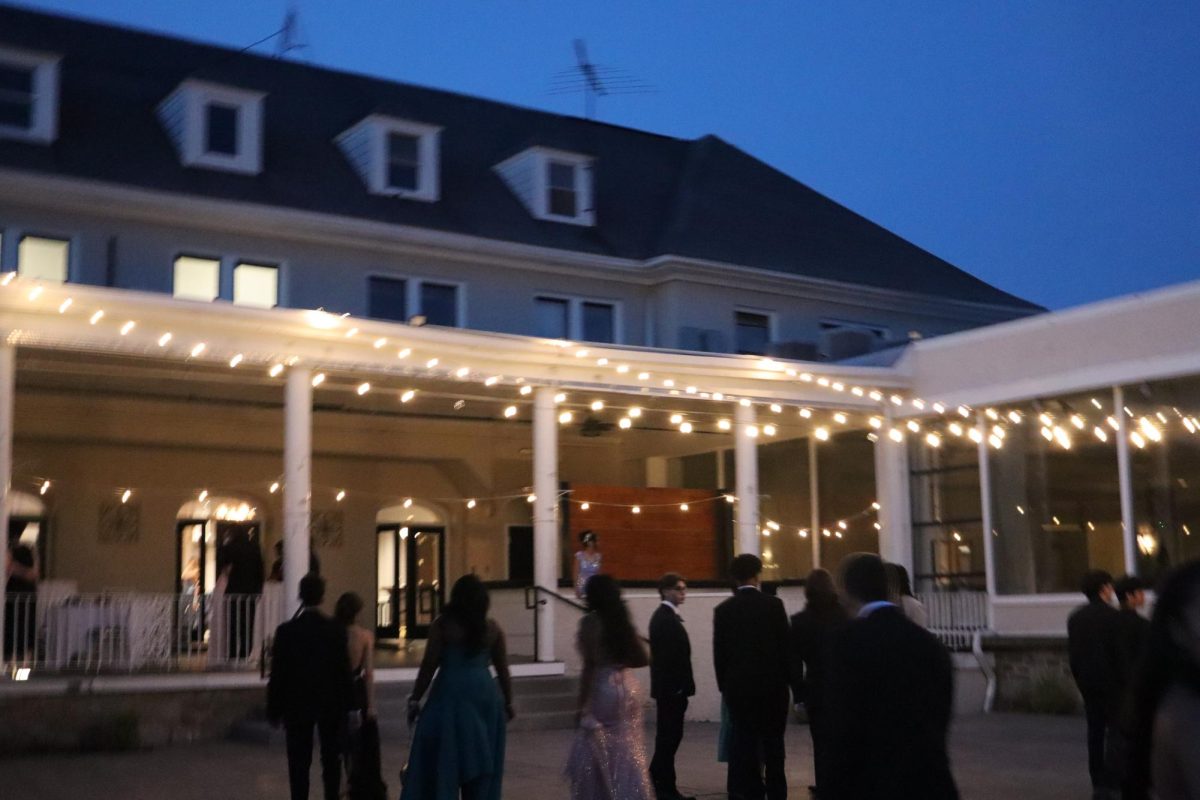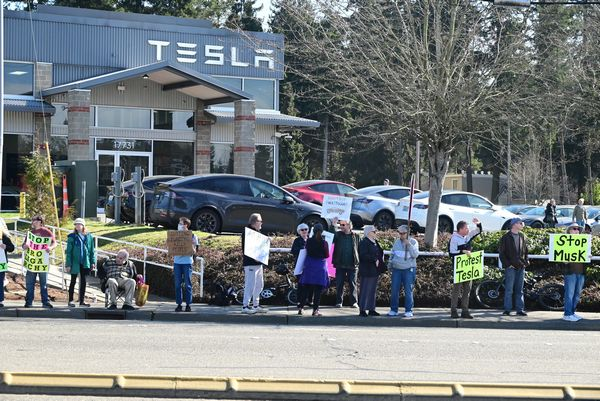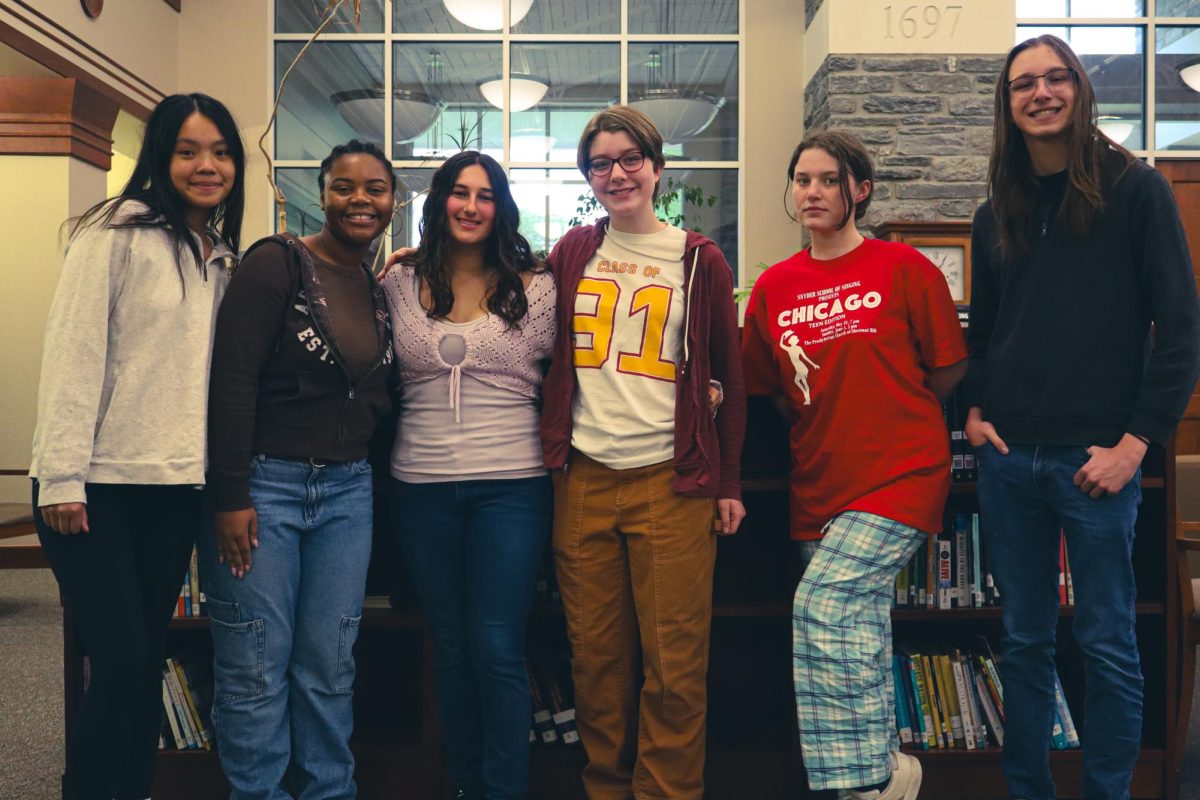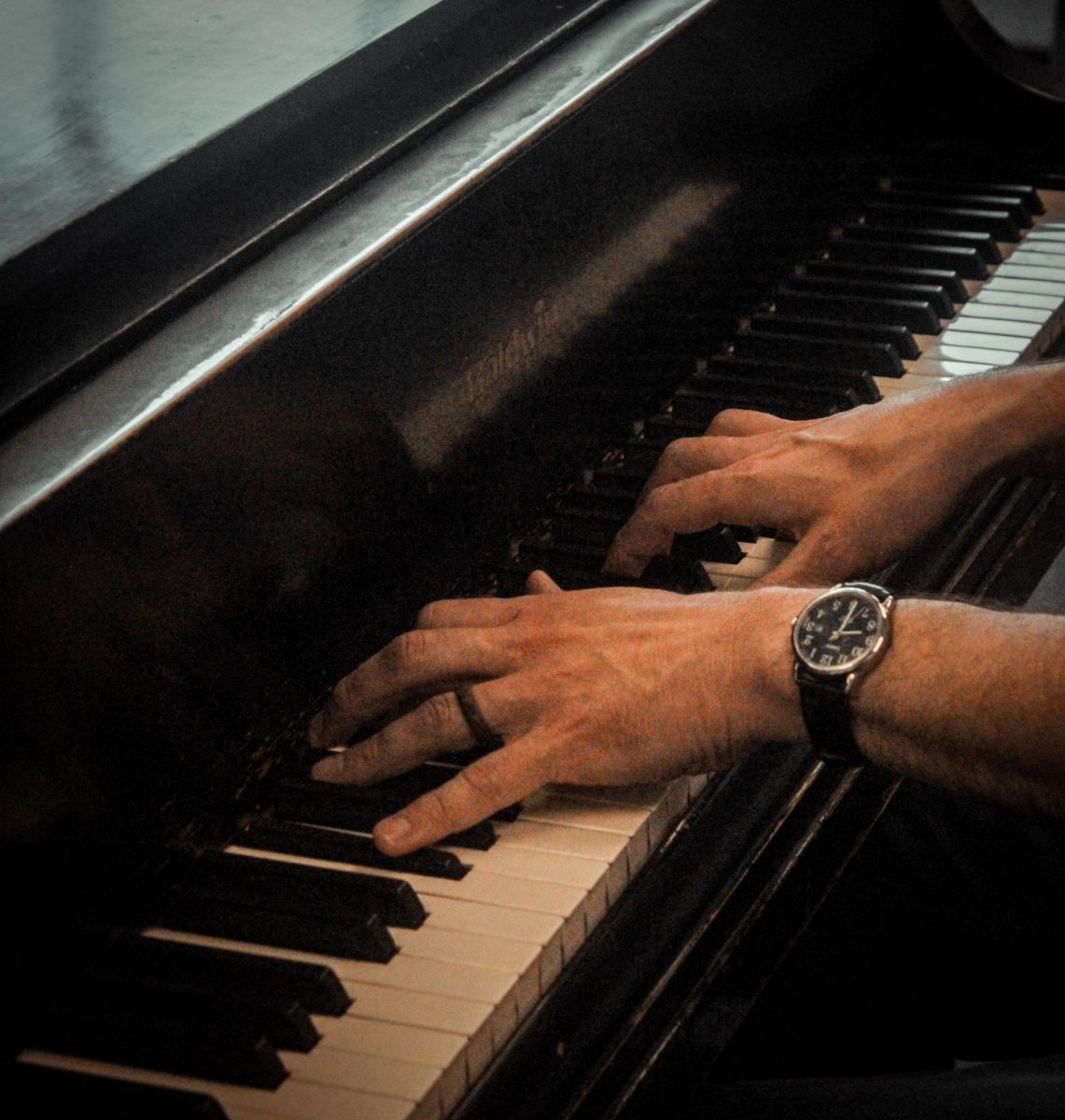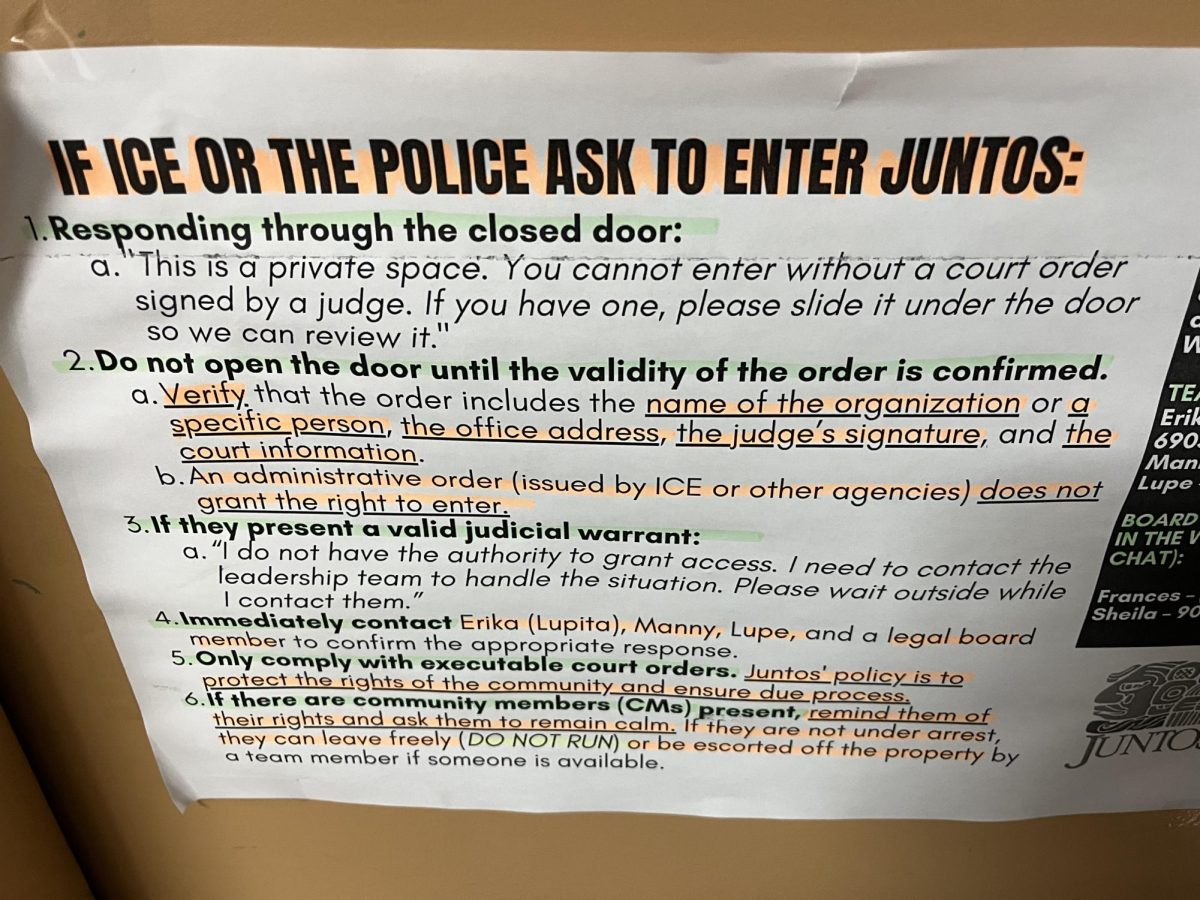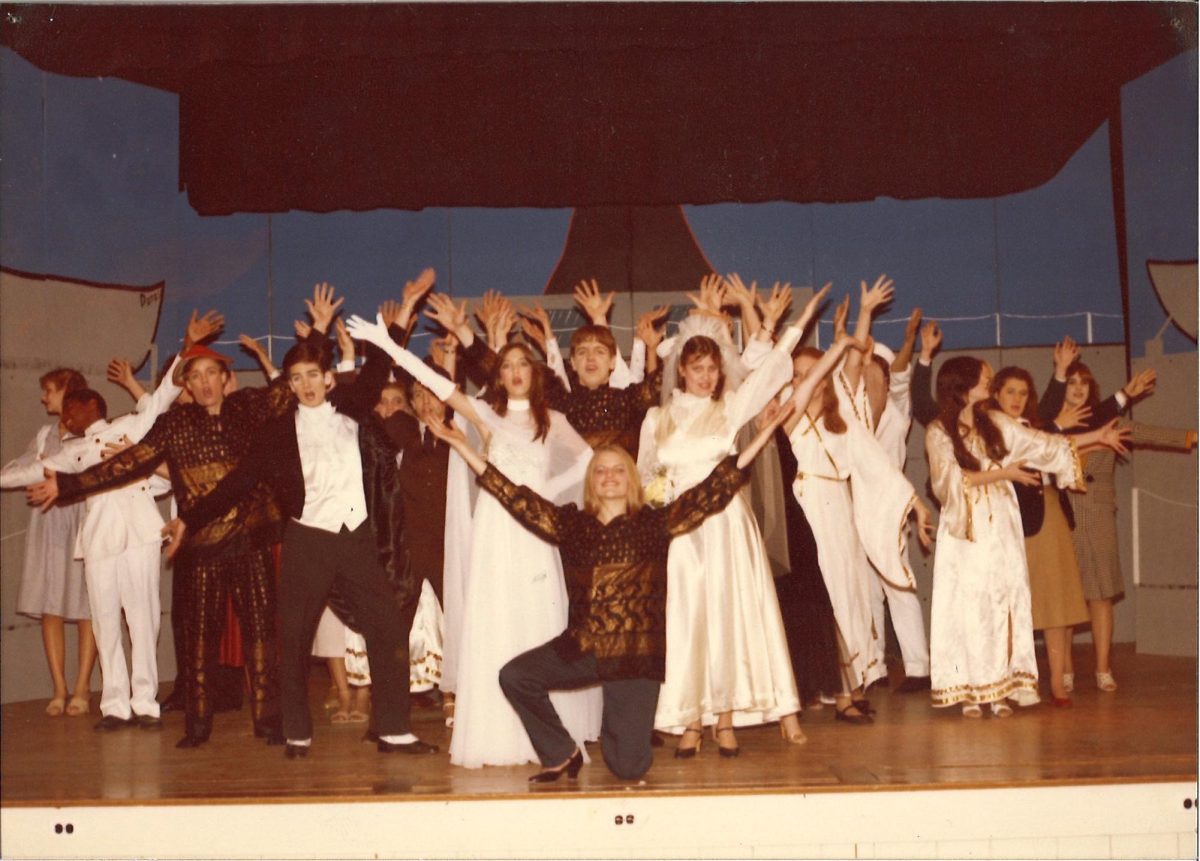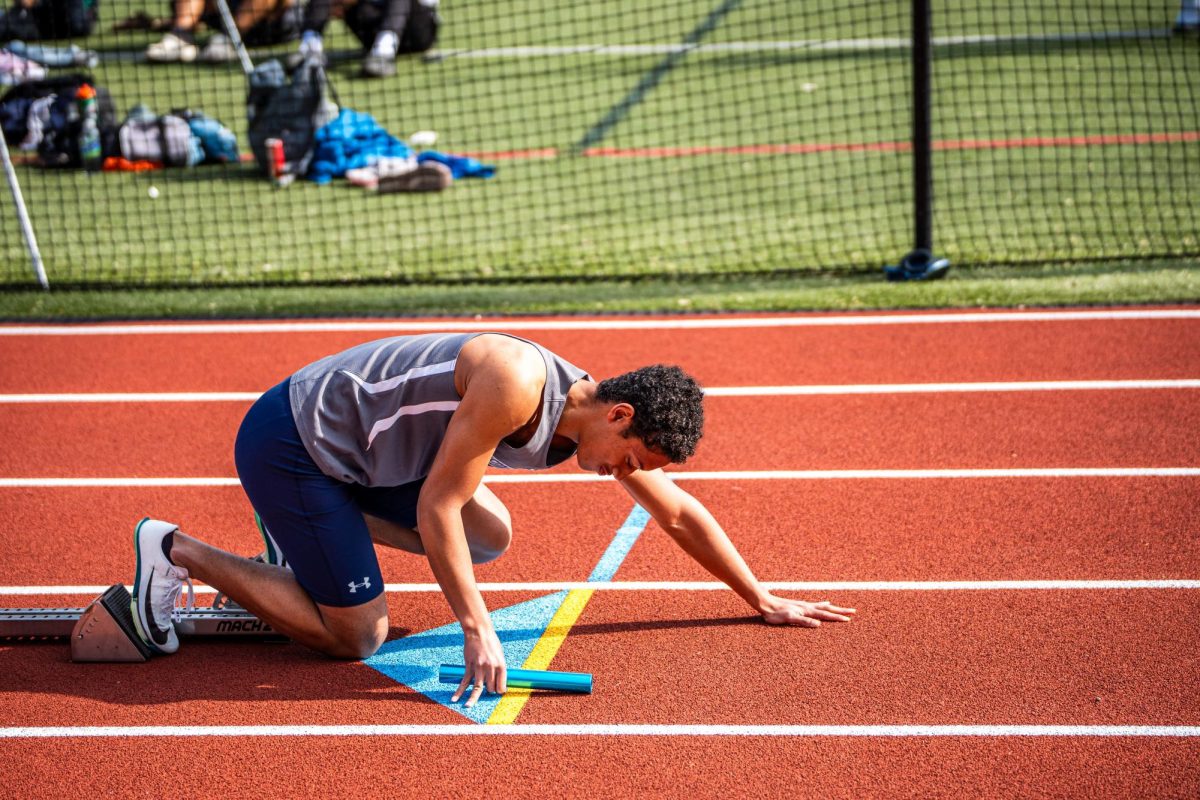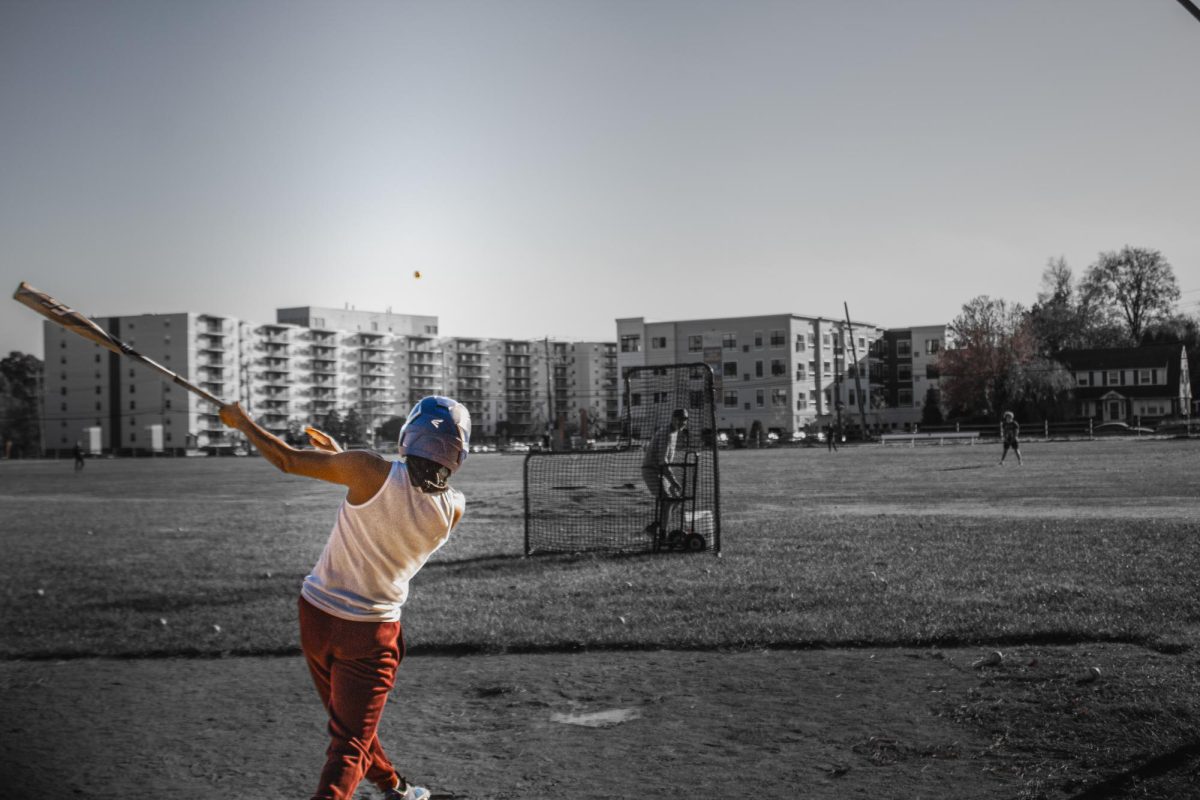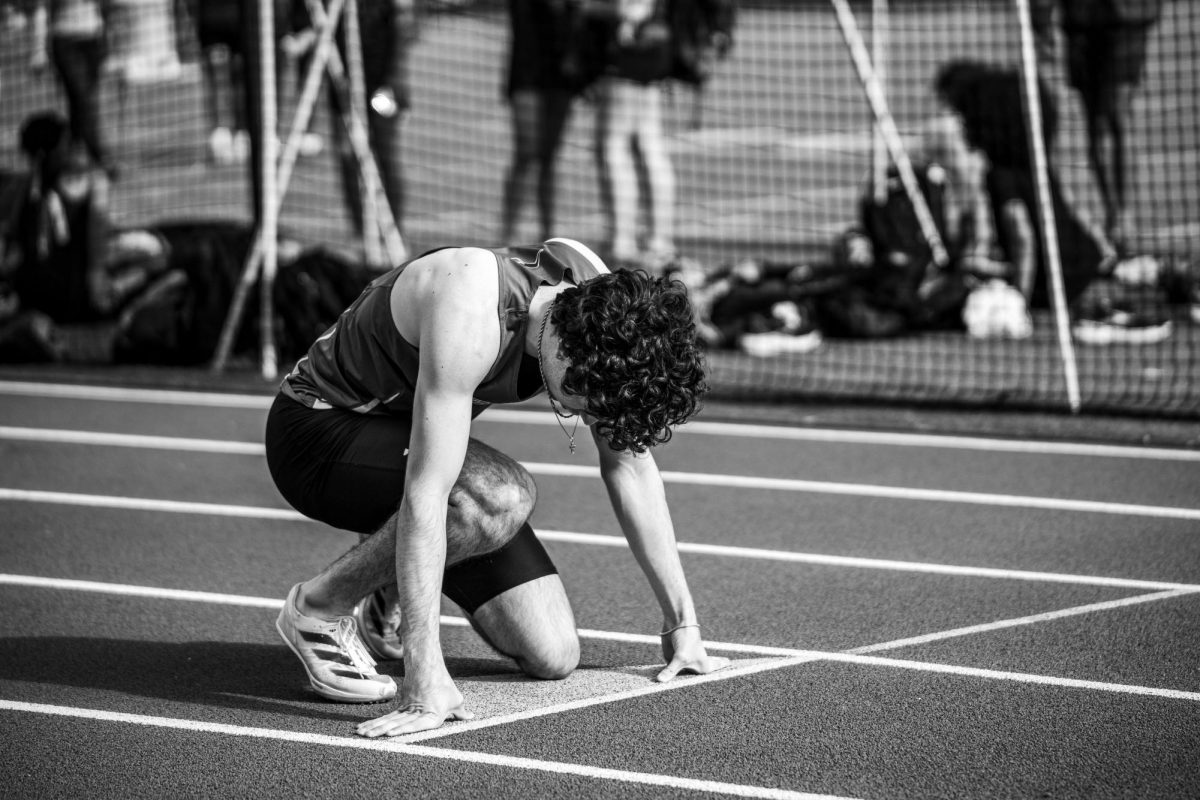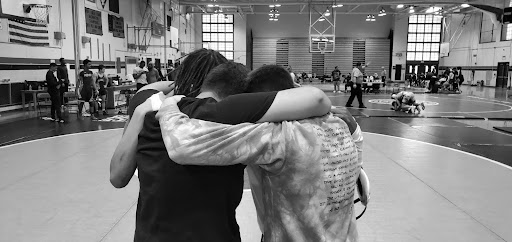As Abington Friends enters its next era with new leadership and fundraising efforts, the school must ensure that no one is left behind amid the flurry of change. The announcement of the Fourth Century Center and a campus master plan should benefit the school for years to come but one crucial improvement has been left out of plans for on-campus improvement.
The idea of constructing a track has been floated around for years now with a track even included in original plans for the Berman Center. The inclusion of a track in those plans was quickly abandoned due to a lack of funding but the dream of finally having a real place to practice and host meets has remained among members of the track and field and cross-country teams. Instead of pushing the idea further down the road, AFS should focus new fundraising efforts not only on renovations and the creation of the Fourth Century Center but also on a desperately needed running track and other athletics facilities.
During all three seasons I run in for AFS, I am unable to spend my Tuesdays and Fridays on the same pristine polyurethane surface as my competitors, with its perfect flatness and precisely measured curves. Instead, I run in a centuries-old graveyard. I navigate pinecones, ginkgo berries, and the roots of trees that protrude through the uneven asphalt. As I make sharp, 90-degree turns rounding the meeting house I can look forward to quick shifts in incline that my peers at Germantown Friends, Friends Central, or the George School would find laughable. More importantly, I worry the hard surface, tight turns, and uneven paths make me far more susceptible to injury.
Starting around a year ago, I began to experience pain in my right calf around the same time the intensity and frequency of my workouts in the graveyard increased. I pushed through much of the limping and discomfort that spring, but when the same overuse injury returned stronger in the fall I had no option but to stop running completely for the winter track season. I believe that the conditions of the graveyard played a large part in injuring my calf and am not the only AFS athlete that has suffered from the makeshift solutions that we are forced to rely on in the absence of actual track and field facilities.
Two years ago, Stella Simpson ‘26 suffered a severe concussion after falling headfirst while practicing hurdling in the senior hallway. Stella spent much of the remainder of the year out due to the injury and is still dealing with the aftereffects which include chronic migraines. The blow would have been much less severe if Stella had been able to hurdle on the softer surface of a track. The issue of a track is not simply about having a fancy surface for students to run fast on. The decisions required to make do with the current situation have brought real, lasting consequences for athletes.
On top of injury concerns, practicing the pole vault, high jump, long jump, and triple jump without any of the proper facilities means that athletes have to put vaulting and jumping techniques together for the first time at the meets themselves. You can only learn so much of the pole vault in the Stewart Lobby.
We can’t expect athletes to feel fully prepared for competition if they’ve never had the opportunity to properly practice their events, and we certainly can’t expect our athletes to stay healthy if we are forced to put them into situations that threaten their well-being.
Still, past the concerns around injuries, one could argue that AFS track and field has done a pretty good job with what it has. Over the last five years, the team has climbed up the Friends League with the boys finishing third for the first time in history last season. On top of that, we have sent multiple athletes to National Championships and even produced a PAISSA state champion.
These are all wonderful achievements but the school must recognize that they happened in spite of our lack of a track. Realistically, the team can only do so well without the proper resources for high-performing athletes, and often the best athletes either don’t come to AFS in the first place or look to leave as they discover better opportunities elsewhere.
Two summers ago I volunteered to run with a prospective student, a seventh-grader, bound to hit heights no one had touched before on the distance team. Overall he seemed interested in the school and was satisfied with the coaching situation, but there was an evident sense of hesitancy about him. For high school, the runner did not end up coming to AFS, and what did we expect? Serious student-athletes don’t go where they feel unequipped to perform at their peak potential.
Students aren’t the only ones who recognize the need for a track. When I sat down with athletic director Jeff Bond he said, “A track would be outstanding for the AFS community.”
Along with the wide range of opportunities that it would give to track and field athletes Bond said the “year-round physical fitness benefits to having a track on campus for our P.E. classes for our community, for all types of people”
Still, Bond said “ [A track] requires money and it requires a commitment to spend money on this specific infrastructure improvement.”
It will cost money but so do all school improvements and there is clearly both a need and support for this crucial improvement to be implemented as soon as possible.
Yes, this is about having a nice flat surface for runners who want to practice like everyone else, but it is also about much more. It is about showing student-athletes that AFS cares. It is about showing them that their well-being is a priority. Perhaps most importantly it is about insisting that their success matters.


